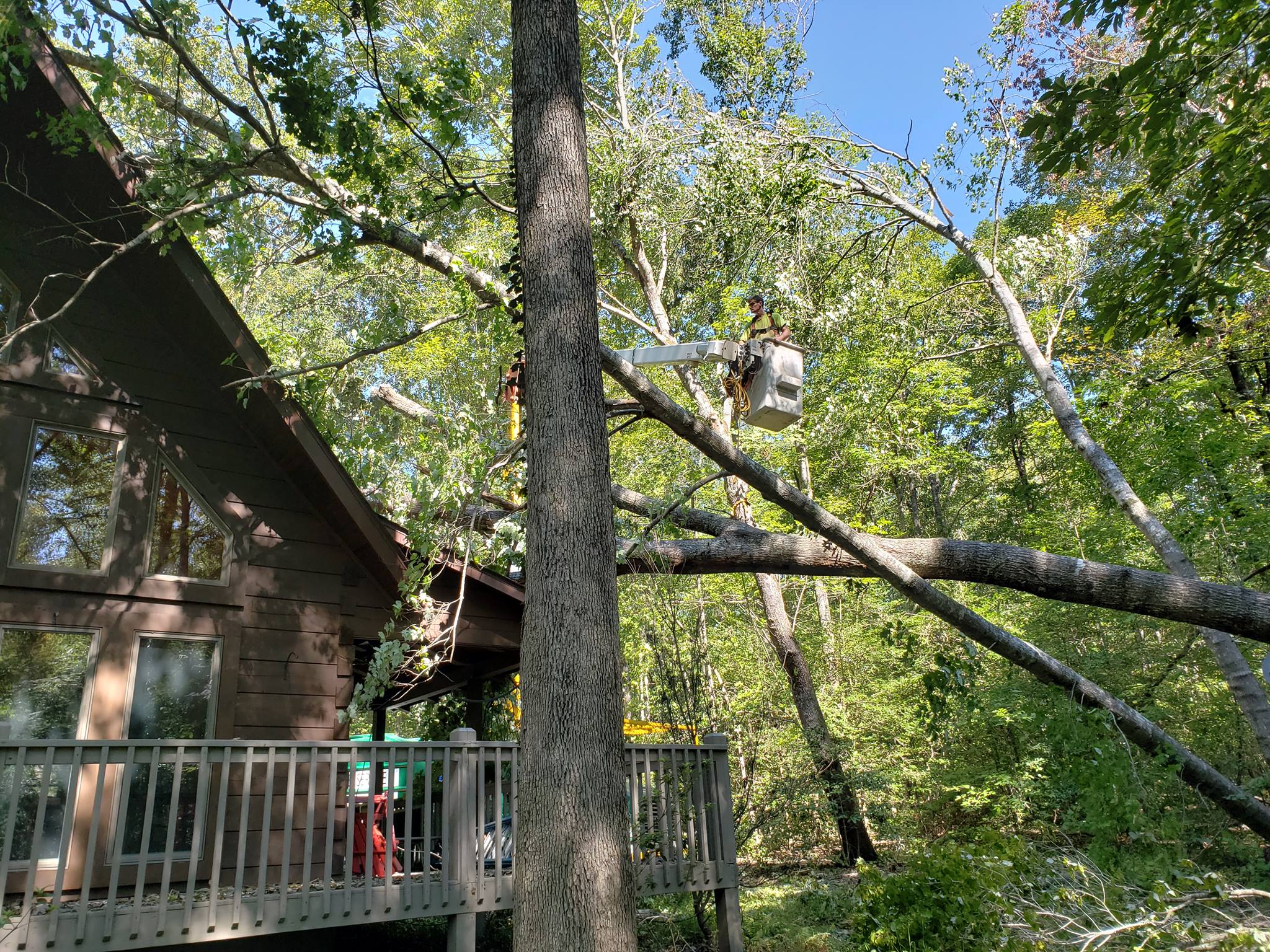Planting cedar trees may be a satisfying and enjoyable experience for anybody who enjoys the natural world. Whether you want to enhance your landscape or the environment, planting cedar trees correctly is crucial to their healthy growth. In this comprehensive guide, we’ll walk you through the process step-by-step while offering wise and practical advice to ensure the success of your cedar trees.
Understanding How to Plant Cedar Trees
Before starting the planting procedure, it is important to understand the features of cedar trees. Members of the coniferous family, cedars are valued for their evergreen foliage and aromatic wood. They are present in a number of species, such as the Eastern Red Cedar, White Cedar, and Western Red Cedar, each of which has unique characteristics.
Methods to Plant Cedar Trees
Selecting the right cedar tree for your area is a crucial first step. Consider factors such as soil composition, climate, and available area. Since every species of cedar has various needs, choose one that matches your local environment.
Getting Ready to Plant
- Location Is Crucial: Select a planting spot with adequate sunlight and well-draining soil. While they may tolerate some shade, cedars really like direct sunlight.
- Preparing the Soil: Cedar trees prefer acidic soil over neutral soil. After doing a soil test, add more organic matter to the soil if needed. Well-prepared soil ensures healthy root growth.
- Gathering Materials: Gather the supplies you’ll need for planting, including gardening tools, mulch, compost, and cedar saplings. Ensure that every one of your tools is clean and in good condition.
Planting Method
- Excavating the Pit: Create a hole that is just as deep and twice as big as the root ball of the cedar tree. To allow roots to penetrate more easily, loosen the dirt at the bottom.
- Set the Cedar Tree in Place: The cedar tree should be carefully taken out of its container and put in the middle of the hole. Make sure the soil’s surface is level with the top of the root ball.
- Backfilling: With a gentle tamp, backfill the hole with the amended dirt. Give the tree plenty of water to remove any air pockets near the roots.
- Mulching: To control soil temperature, prevent weed growth, and conserve moisture, spread an organic mulch layer around the base of the cedar tree.
After-Planting Maintenance
- Watering Timetable: Set up a regular watering routine, particularly in the first year. Although they like damp soil, cedars can develop root rot if the soil stays too wet.
- Getting a mate: Apply a balanced, slow-releasing fertilizers to the cedar tree in the spring. Cedars are relatively low-maintenance plants, so avoid overfertilizing them.
- Pruning Advice: Carefully trim any dead or broken branches off your cedar tree to give it a more rounded appearance. On the other hand, keep your pruning light because cedars don’t take well to severe trimming.
Troubleshooting Typical Problems
- Diseases and Pests: Keep an eye out for common pests like bagworms and cedar rust on your cedar tree. Infestations should be treated right away to stop extensive damage.
- Winter Protection: To shield young cedar trees from severe winter winds and snow, consider wrapping them with hessian in colder locations.
Why Planting Cedar Trees Is Beneficial
There’s more to plant cedar trees in your landscaping than just aesthetics. Cedars have many advantages, such as:
Effect on the Environment:
Because they release oxygen into the atmosphere and absorb contaminants, cedar trees help to purify the air. They also give different wildlife species a place to live.
Control of Erosion:
In hilly or sloping terrain, the roots of cedar trees aid in stabilizing the soil and reducing erosion.
Appealing Aroma:
Savor the delightful scent of cedar needles, which have natural insect repellent properties.
FAQs
What time of year is ideal for planting cedar trees?
Fall or early spring are the best seasons to sow cedar trees. By doing this, the tree is able to grow roots before dealing with the difficulties of summer heat or winter frost.
How much sunshine is necessary for cedar trees?
Cedar trees can withstand some shade, but they do best in direct sunlight. Planting them where they will get at least six hours of direct sunlight a day is the best option.
Do cedar trees need a certain kind of soil?
Neutral or slightly acidic soil is preferred for cedar trees. If necessary, replenish the soil with organic matter after conducting a soil test. Soil that drains well is necessary for their best growth.
How frequently should I water my just planted cedar trees?
Give newly planted cedar trees regular watering, particularly in the first year. Due to the susceptibility of cedar trees to root rot, keep the soil continuously moist but do not overwater.
Are cedar trees resistant to winter weather?
Although cedar trees are often hardy, in colder regions, young seedlings might benefit from winter protection. In order to protect them from strong winds and snow, think about covering them in hessian.
Conclusion
To sum up, learning how to plant cedar trees is a fulfilling experience that improves the aesthetics of your surroundings and promotes environmental health.
By following these comprehensive guidelines and being aware of the particular needs of cedar trees, you can create the perfect atmosphere for their healthy growth. Remember that adding a cedar tree to your yard may have a little but significant impact on how green and vibrant the environment seems. So grab your gardening hands and let’s get started on this rewarding adventure right away!




